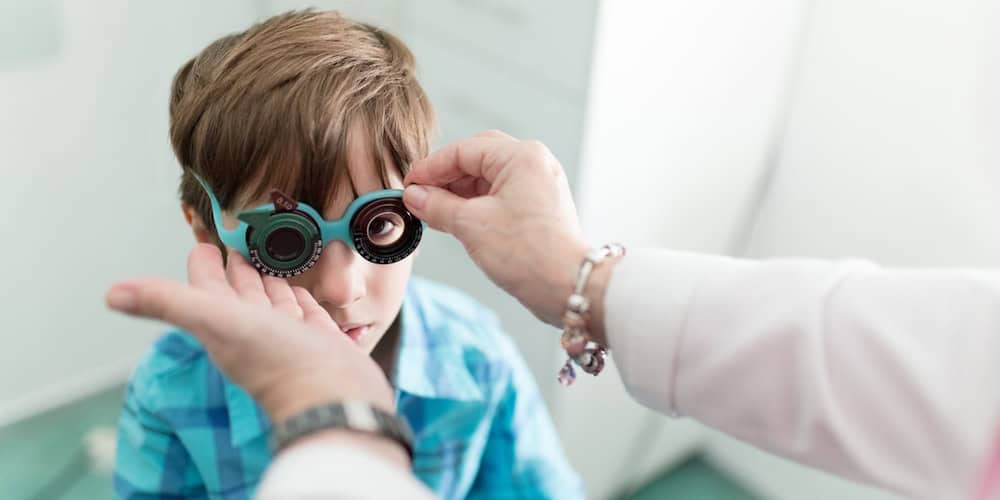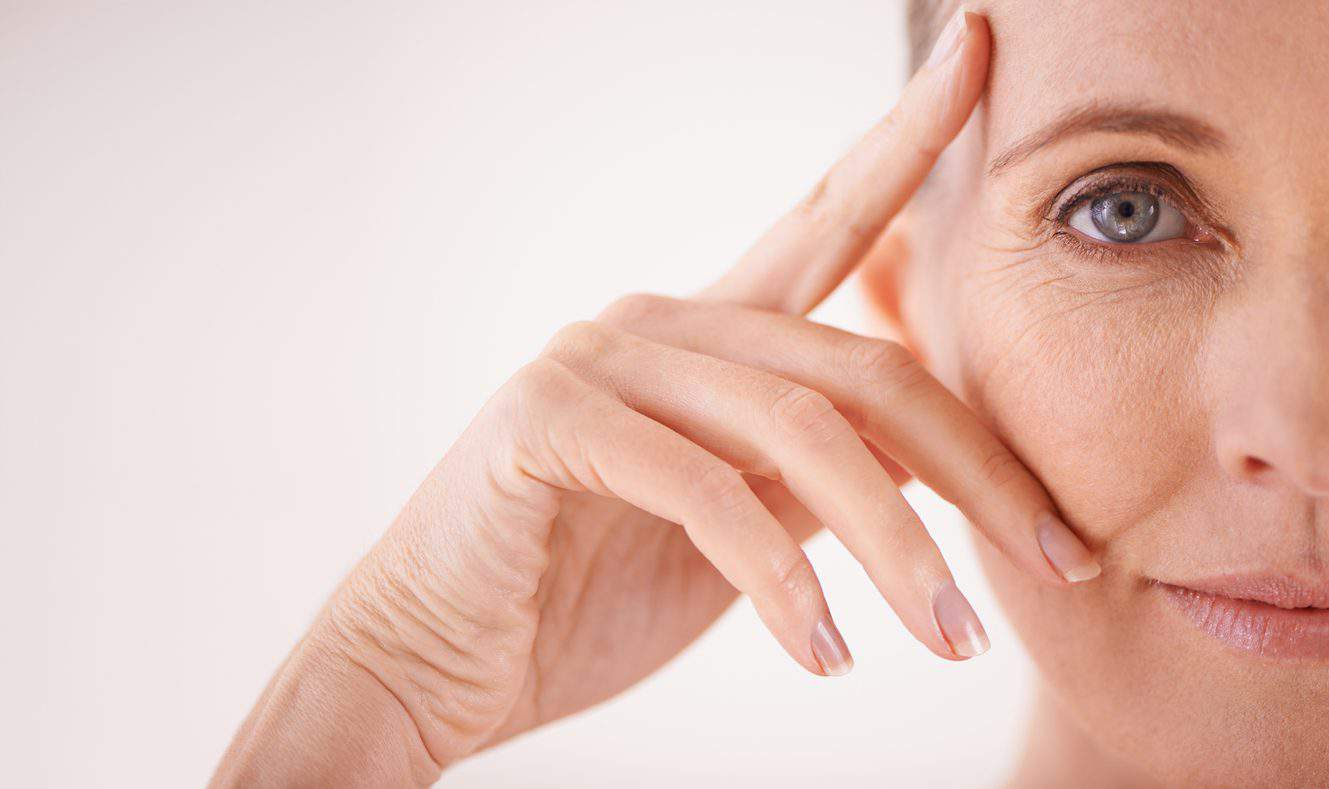What are some of the most common eye health issues you’re seeing today?
In children under the age of seven, we are seeing earlier myopia (short-sightedness) development due to increase near tasks including increasing screen time in schools and at home. This is of particular concern as children move into more screen-based school environments, they are less able to identify and issue themselves as they are not necessarily required to look at a board in the classroom at a distance.
In children under seven, the presence of hyperopia (long-sightedness), astigmatism and strabismus (squint or eye turn) are of particular concern as this can lead to a condition called amblyopia where the neural connection between the eyes and the brain is underdeveloped permanently, if not treated by an optometrist during the neuroplasticity period in every child’s life. Not only does this have implications on the child’s learning journey but permanent poor vision due to amblyopia can also affect them as adults in reaching vision standards for driving and in many occupations.

In young adults, we see commonly eyestrain-related concerns like headaches, neck pain, and back issues which are due to even minor prescriptions or errors in accommodation that are left uncorrected. We also see dry eyes in young patients due to dehydration, working in air-conditioned environments, and overwear/overuse of contact lenses can all be common concerns. Dryness of the eyes can lead to irritation, excess watering, blurred vision, or a foreign body sensation in the eye. With prolonged untreated dry eyes this can also lead to opportunistic infections.
In older adults, generally, the concerns are around eye health. Conditions like glaucoma, macular degeneration, cataract, diabetic eye disease and dry eyes are common and require early detection and regular monitoring by your optometrist. In older adults presbyopia (age-related long-sightedness) while common is unfortunately left unaddressed until it becomes problematic in work or daily life situations.
This is particularly concerning as patients are putting up with poor eyesight, eyestrain and eventually just not completing certain tasks because they cannot see which is restrictive and unproductive.
Are there certain issues that are more specific and prevalent among women?
Eye sight and eye health changes during pregnancy. During pregnancy changes in hormones can lead to refractive changes which may be enough to require new spectacles. Usually, these prescription changes are temporary and the recommendation is that women recheck their eyes 3 months postpartum. During pregnancy, due to hormones, increased blood volume, pregnancy weight gain, pressure changes and increased risk of gestational diabetes, the eyes can be susceptible to health concerns.
Having an eye test during later parts of the pregnancy maybe useful to detect and monitor this.
Dry eyes in pre-menopausal or menopausal years. Shifting levels of oestrogen and progesterone can affect the tear and oil-producing glands in the eyes and eyelids, leading to dry, irritated eyes. Simple treatments like hot compresses and lid massages can help relieve these concerns along with effective artificial tear supplementation
What are some of the most common misconceptions when it comes to looking after our eyes?
One of the biggest misconceptions is that if everything is fine vision-wise, you don’t need to get your eyes checked, and if you do end up needing to wear glasses, it will make your eyes dependent on them, which isn’t the case at all!
We also often find that many people think an optometrist’s job is to only check for glasses. We do much more than that. We also often find that people assume general eye check-ups can only look at what may be directly wrong with the eyes, but due to outstanding technology, we are able to detect wider health issues.

What are 5 everyday things we can do to look after our eye health?
- Wear sunglasses
- Eat a diet rich in antioxidants from green leafy vegetables
- See your optometrist regularly every 2 years
- Reduce screen time, apply the 20/20/20 rule (every 20min, take a 20sec break and look at something 20m away)
- Don’t ignore eye strain, which can lead to headaches, neck pain, and shoulder issues – wear your glasses!







